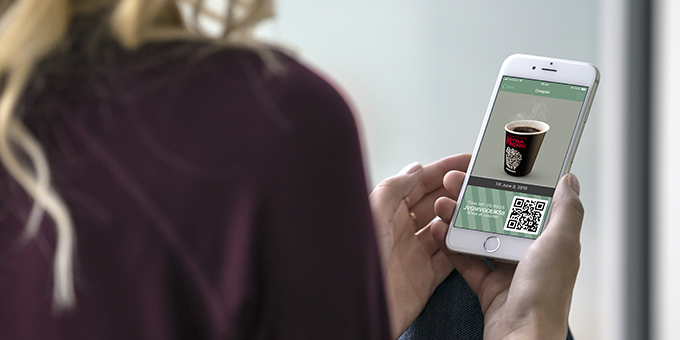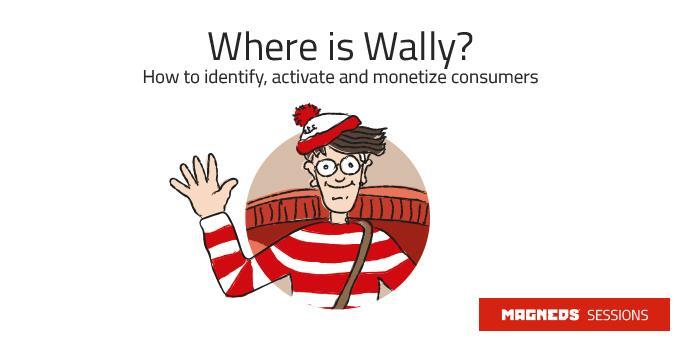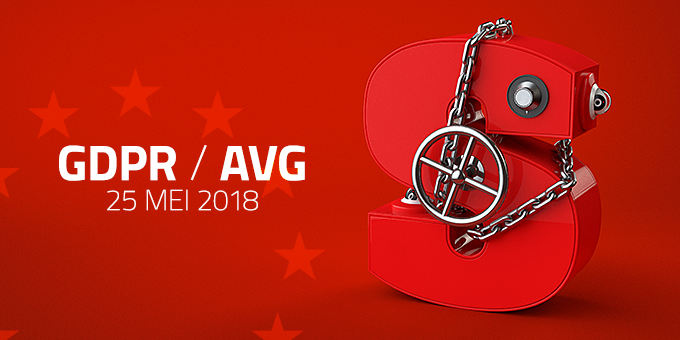It is becoming increasingly difficult for companies to create ongoing customer loyalty. Consumers predominantly go for the lowest price per transaction and value a long term connection to a brand less. How do you engage your customers without resorting to pricing tools? We shall take a look at the five building blocks of motivation and how you can implement them in a loyalty programme for the optimum effect.
Motivation is traditionally divided into extrinsic motivation, the external ones such as rewards or punishments, and intrinsic motivation, the ones that come from within. Consumers who are guided by price and promotions are extrinsically motivated. Experience, emotion and values are the guiding principles of intrinsic motivation. Extrinsic motivation cannot engage intrinsic motivated people: real customer loyalty is stronger than a good deal from competitors. How can you make your customers choose your brand based on intrinsic motivation?
Building Blocks of Motivation
The self-determination theory of Deci and Ryan is a comprehensive motivation theory that establishes a clear connection between autonomy and choices made. People who feel competent and connected to others are more likely to act autonomous in accordance with their own preference. The self-determination theory supports three basic needs:
Autonomy
We like to be in control of our own life and choices. With loyalty programmes such as ING interest points, however, you are automatically saving without signing up for anything. According to the self-determination theory, involvement with the brand or the organisation would be greater if people were to sign up themselves. Control over the reward is also of importance. Do not impose rewards that will end up in the bottom drawer or in the bin. An example of a loyalty programme for which you have to sign up and which offers many choices is FrieslandCampina’s Eurosparen.
Competence
We like to become better at things. Tasks become easier, new opportunities arise, and we are able to excel in something. According to research by Carol Dweck, a ‘growth mindset’ is needed for competence: the understanding that abilities can be developed. With loyalty programmes, game elements, i.e. gamification, are frequently used to anticipate on that.
A clear example is given by Starbucks, with My Starbucks Rewards, where you grow in your ‘loyalty’ with hard conversions (purchase now) and soft conversions (interaction through the app and social media). For each level (welcome, green and gold), more Stars are required in order to receive more rewards in the form of privileges.
Relatedness
We are social creatures who seek recognition and like to connect with each other. Relatedness helps us validate and adapt our own behaviour within the social norm. 97 percent of loyalty programmes only reward the purchase, even though every contact point in the customer journey offers an opportunity to strengthen the connection between consumer and brand. For instance, the American ice cream brand Tasti D-lite integrates social media in their loyalty programme by rewarding anyone who mentions their brand with coupons.
In his book Loyalty 3.0, Rajat Paharia adds two important intrinsic motivators to the self-determination theory:
Progress
When we feel involved to something, we like to see where we’re at and what progress we have made. Researchers Amabile and Kramer call this the progress principle. Engagement and motivation can be stimulated by making progress visible, possible and frequent. Instant feedback (compliments and encouragements), badges and leader boards are some of the mechanisms you can use. A good example of this is Air Canada with their Earn Your Wings, where you earn Wings prior to each departure and at each arrival, with extra badges for special destinations. Giving your customers advancement also ensures a strong motivation.
Purpose
Wanting to achieve something is a basic need. As Steve Jobs said already: ‘We’re here to put a dent in the universe.’ Being able to make a difference gives meaning, states Professor Dan Ariely. When you are part of a group is exactly when you can achieve more and when you can rise above yourself. The Entertainment Experience is a textbook example of co-creation: the first user generated film in the world. For 39 weeks, 35.000 film fans collaborated in different disciplines; from script writing and acting to composing film music and making the poster. Making a film is not achievable for just one film lover, but it is for a whole group. The project resulted in a Digital Emmy.
Loyalty as a Long Term Strategy
Ongoing customer loyalty thus requires more effort than merely establishing a loyalty programme: it needs to actively respond to the intrinsic motivation of your customers. Provide your customers with choices and a meaningful objective, help them with the development of their competences, and give them clear indicators of their progress. All this in a social context. Indeed, many criteria to meet: loyalty is therefore a long term strategy.
Also published on emerce.nl
Tip: non-committal conversation
Curious about how a loyalty programme can help you gain loyal customers? Ask Magneds, the number one in customer loyalty, for a non-committal conversation. E-mail us at hello@magneds.com or call us on 013-5230000.






